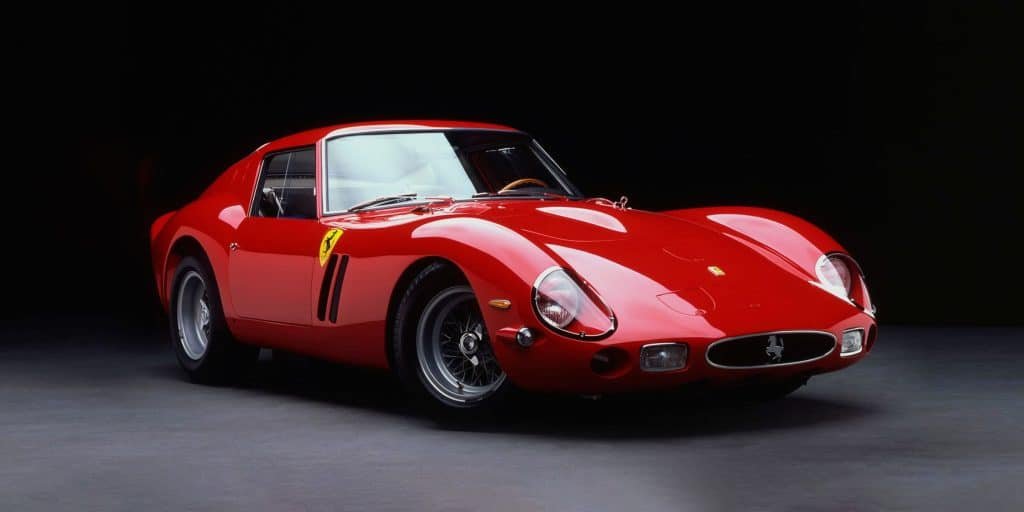Ready to join the adventure? Head over to the official https://pinup-turkey.top/game/pin-up-casino-aviator/ page and start playing today!
Pin Up Aviator is an innovative and fast-paced game where players can experience the thrill of high-stakes action. The objective is simple: cash out at the right moment before the plane flies away! Its unique mechanics and dynamic gameplay have made it a favorite choice for those seeking excitement and big wins.
If you have just nabbed a Porsche Boxster 986 (1996), or you have even inherited a rare Lexus LS400 from the 90s recently, congratulations are in order first. Now,classic cars usually require a bit of work immediately after acquisition. Unless the car was already in top condition at the time of your acquisition, you will probably need to get at least some work done on it.This applies irrespective of whether you plan to keep the classic or sell it. If it’s a new experience for you, the following checklist from motor heads and professionals should prove to be quite useful.
Contact a Restoration Specialist Car Shop
Vintage/classic cars hold asset value and depending on how well you manage to rejuvenate the vehicle, that value will either increase or decrease. Even if you know a thing or two about cars, that does not mean you know how to restore and preserve a car for its asset value. Besides, if you end up damaging anything inside or outside, your chances of finding a proper replacement part will be very slim for obvious reasons.
To avoid regrettable situations, don’t attempt to restore a classic model without at least seeking some professional advice first. Those in Sussex can contact the Vehicle Rejuvenation Specialists to get their professional opinion on what the options are and how much it would cost to get everything in order.
Look for the Common Issues
There is a long list of problems that can accompany vintage vehicles, so it would be difficult to provide guidance without actually knowing which model is being discussed. It is better to check for everything you can, before creating a double-headed list detailed in the next point. At the very least, do check the following:
- The engine, the radiator, and the transmission system foroil/fluid leaks
- The engine cool ant with a pH test
- The coolant hosepipes for damage
- The thermostat to see if it is taking too long to react to rising/falling engine temperatures
- The doors, the hood, and the trunk to see if they all close properly
- The tyres, which have a very low chance of survival, except in cases where the car was already well preserved
- The wheel alignment (professional guidance is advised)
- The interiors for damage/useability (upholstery, seats, dashboard, steering wheel, etc.)
- The suspension springs for damage
Make a List of the Problems
If you are not exactly a newbie when it comes to car repairs, you should find this part to be easy. In the off chance that you do not understand cars that well, skip straight to the second tip. As for the rest, the advice is as simple as it sounds. Make a two-headed list of all damages and possible changes that you will need to make.
Damages and changes are not the same at all. Leaking fluids, a dead battery, broken taillights, etc. qualify as damages. They must be repaired/replaced as necessary. A functional, classic engine which needs to be adjusted or modified to keep it relevant in accordance with the modern standards would qualify as something that may need changing. However, try to keep the list of optional changes to a minimum as it may interfere with the vehicle’s original vintage value.

